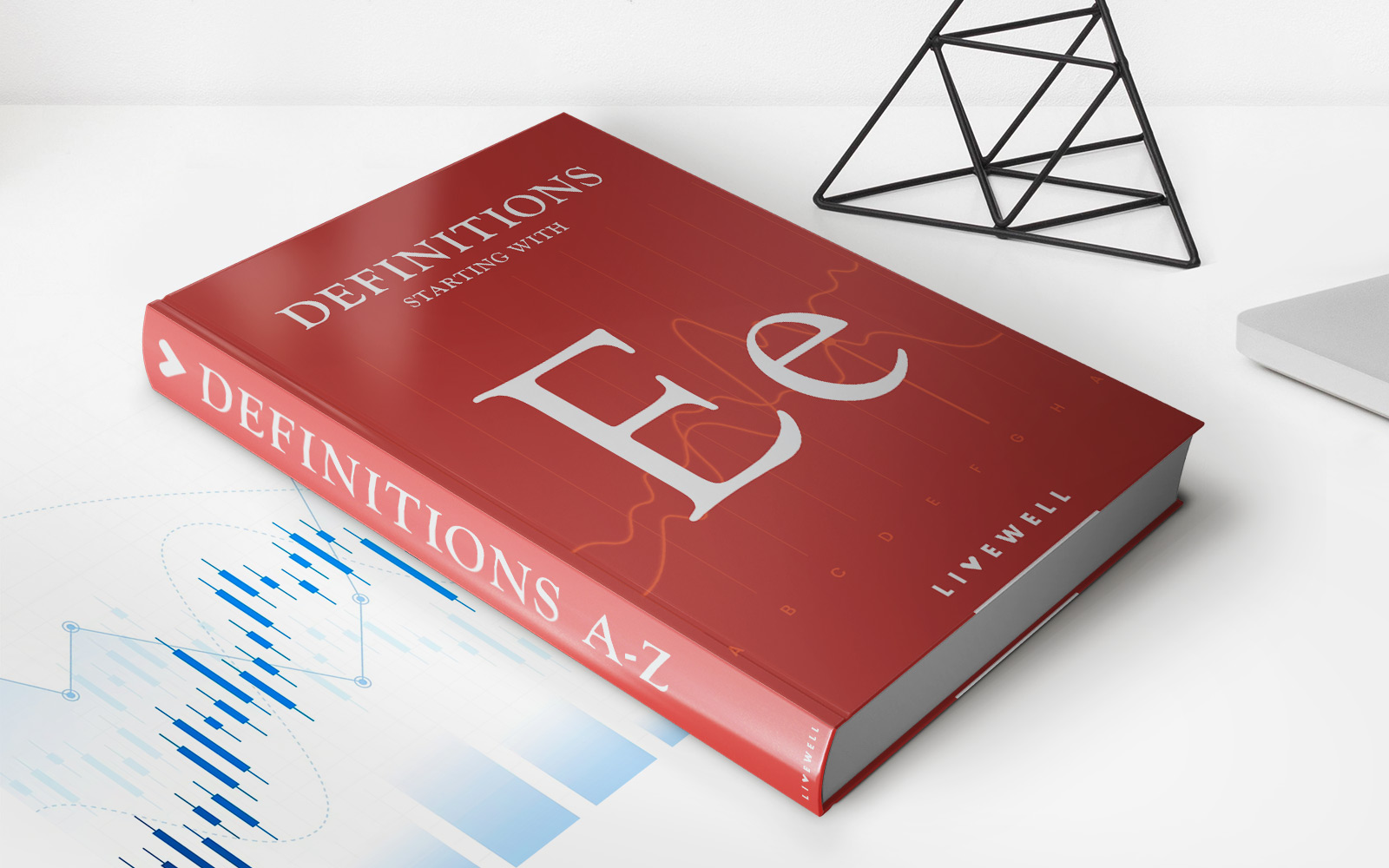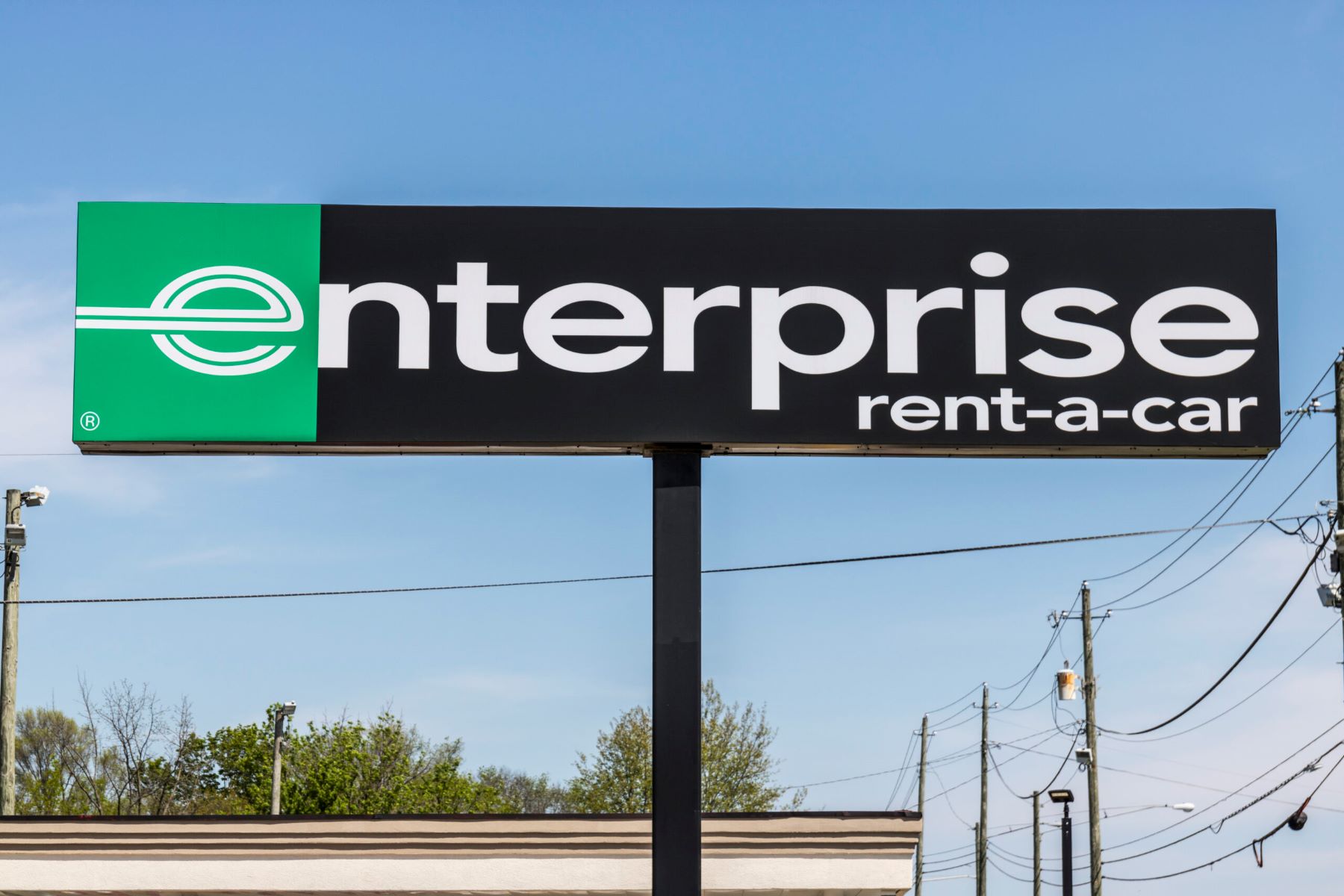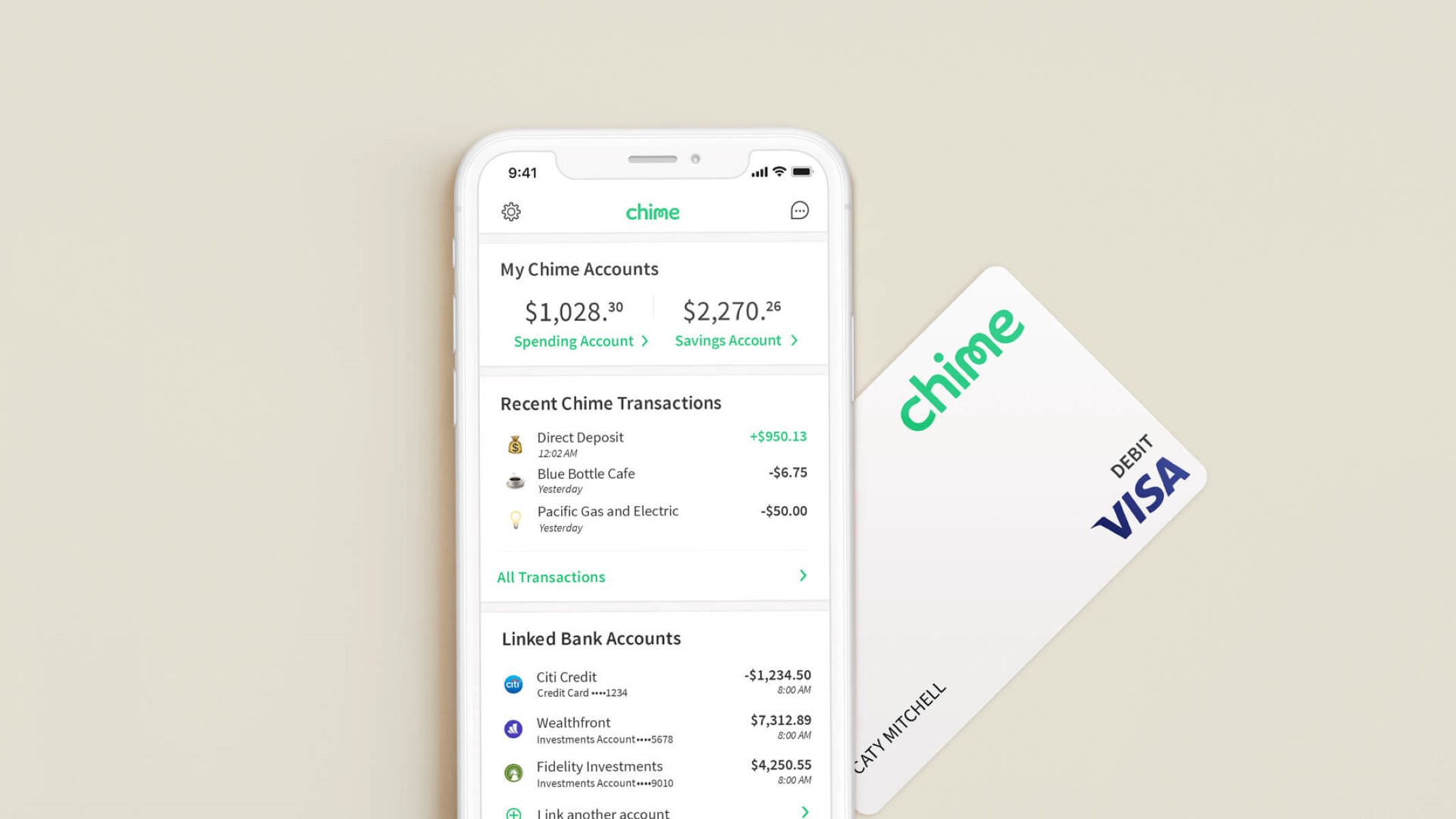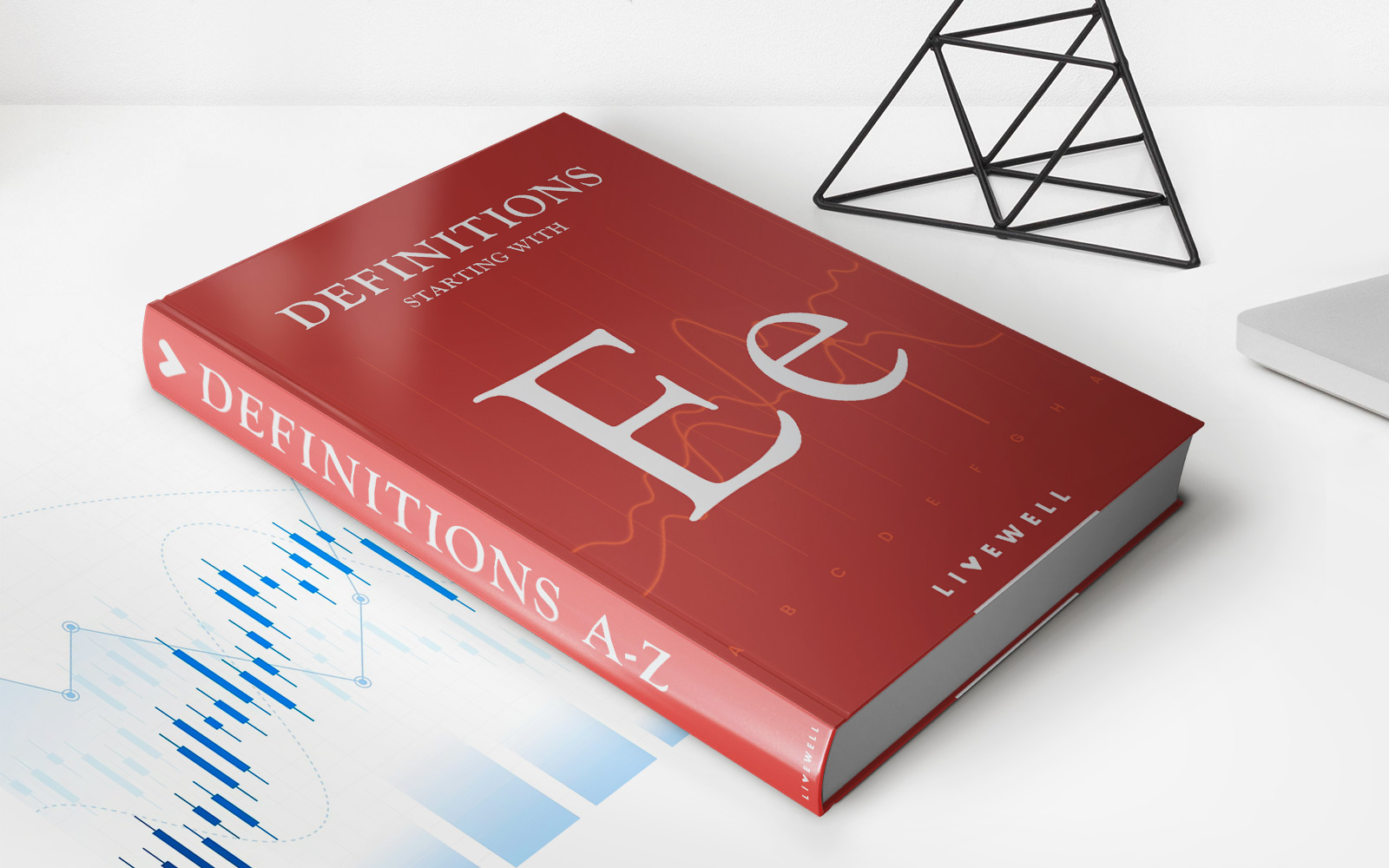Home>Finance>How Much Is Enterprise Deposit With Credit Card


Finance
How Much Is Enterprise Deposit With Credit Card
Published: October 26, 2023
Find out how much the enterprise deposit is when using a credit card for financing. Learn about the financial options available and make an informed decision.
(Many of the links in this article redirect to a specific reviewed product. Your purchase of these products through affiliate links helps to generate commission for LiveWell, at no extra cost. Learn more)
Table of Contents
Introduction
Welcome to the world of enterprise deposits and credit card payments. When renting a car or equipment from a company, you may be required to provide a deposit as a security measure. This deposit acts as a safeguard for the company and is typically refundable upon returning the rental in good condition. In the past, paying this deposit required cash or a bank transfer, but now, many companies also offer the option to pay with a credit card.
In this article, we will explore the concept of enterprise deposits and delve into the various options available when it comes to paying with a credit card. We will discuss the factors that can affect the amount of the enterprise deposit, as well as the benefits and drawbacks of using a credit card for this purpose. Finally, we will provide some tips on how to effectively manage your enterprise deposits when paying with a credit card.
Understanding how enterprise deposits and credit card payments work can help you make informed decisions and navigate through the rental process with ease. So, without further ado, let’s dive in!
Understanding Enterprise Deposits
Enterprise deposits are a common practice in various industries such as car rental, equipment leasing, or even vacation rentals. They serve as a security measure for the company, ensuring that they have collateral in case of any potential damages or losses incurred during the rental period. These deposits act as a form of insurance for the company and provide them with a financial buffer.
The exact amount of an enterprise deposit can vary depending on several factors, including the type of rental, the value of the item being rented, and the company’s policies. It is typically calculated as a percentage of the total value of the rental or a fixed amount set by the company. For example, when renting a car, the deposit can range anywhere from a few hundred dollars to several thousand dollars, depending on the make and model of the vehicle.
Enterprise deposits are held by the company throughout the rental period and are usually refunded to the customer upon the return of the rented item in the same condition it was received. It is important to note that any damages, excessive wear and tear, or violations of the rental agreement may result in a deduction from the deposit.
Some companies may also offer the option of purchasing additional insurance coverage to reduce the deposit amount or eliminate it altogether. This can provide peace of mind for the renter, as they are protected from potential financial liabilities in case of any unforeseen incidents.
Now that we have a better understanding of what enterprise deposits are, let’s explore the credit card payment options available for paying these deposits.
Credit Card Payment Options
When it comes to paying your enterprise deposit, many companies now accept credit card payments as an alternative to cash or bank transfers. This option provides convenience and flexibility for renters who prefer to use their credit cards for financial transactions. Let’s take a closer look at the various credit card payment options available:
- Pre-Authorization: One common method is through a pre-authorization hold on your credit card. The rental company will place a temporary hold on a certain amount of funds on your card, which serves as a guarantee for the deposit. This amount is typically released once the rental is returned, and any charges for damages or violations are deducted.
- Card Swiping: Some rental companies have the capability to swipe your credit card at the time of pickup to immediately charge the deposit amount. This offers a quick and seamless payment process, eliminating the need for pre-authorizations or holds.
- Online Payments: With the advent of online rental platforms, it is now possible to pay your enterprise deposit online using your credit card. This can be done during the reservation process or prior to pick-up. Online payments provide convenience and peace of mind, as you can securely complete the payment from the comfort of your own home.
The availability of these credit card payment options can vary among rental companies, so it’s always a good idea to check with the specific company beforehand to ensure that your preferred payment method is accepted.
Now that we know about the credit card payment options, let’s explore the factors that can influence the amount of the enterprise deposit.
Factors Affecting Enterprise Deposit Amount
The amount of the enterprise deposit can vary based on several factors. Understanding these factors can help you anticipate and plan for the deposit amount when renting a car or equipment. Let’s explore the key factors that can influence the enterprise deposit amount:
- Type of Rental: The type of rental plays a significant role in determining the deposit amount. For example, a luxury car rental may require a higher deposit compared to a standard economy car rental due to the higher value and potential risks involved.
- Value of the Rental Item: The value of the item being rented directly impacts the deposit amount. Generally, the higher the value of the item, the higher the deposit. This is because the rental company needs to ensure they have sufficient collateral in case of any damages or losses.
- Rental Duration: The duration of the rental period can also affect the deposit amount. Longer rental periods may require a higher deposit as the rental company has a longer timeframe to protect against any potential damages or losses.
- Rental History and Experience: Some rental companies take into account the renter’s history and experience when determining the deposit amount. If you have a clean rental history and a proven track record of responsible renting, the deposit amount may be lower compared to someone with limited rental experience or previous incidents.
- Additional Insurance Coverage: Opting for additional insurance coverage can impact the deposit amount. By purchasing insurance, you may be able to reduce the deposit amount or eliminate it altogether, depending on the coverage and terms offered by the rental company.
It’s important to note that each rental company may have its own policies and criteria for determining the enterprise deposit amount. Always make sure to read and understand the terms and conditions provided by the rental company to avoid any surprises or misunderstandings.
Now that we know the factors affecting the enterprise deposit amount, let’s explore the benefits and drawbacks of paying the deposit with a credit card.
Benefits of Paying Enterprise Deposit with a Credit Card
When it comes to paying the enterprise deposit for your rental with a credit card, there are several noteworthy benefits to consider. Let’s explore these advantages:
- Convenience: Paying the enterprise deposit with a credit card offers convenience and flexibility. Most people already have a credit card in their wallet, making it easier to complete the payment without the need for cash or a bank transfer.
- Financial Protection: Using a credit card for the deposit provides an added layer of financial protection. Credit cards offer consumer protections, such as chargeback rights, which can help you dispute any unauthorized charges or resolve disputes with the rental company.
- Rewards and Benefits: Depending on your credit card, you may be able to earn rewards such as cashback, airline miles, or points for paying the enterprise deposit. Additionally, some credit cards offer additional benefits such as travel insurance or rental car insurance, which can provide added peace of mind during your rental.
- Build Credit History: Consistently using your credit card for various financial transactions, including paying your enterprise deposit, can help you build and improve your credit history. Timely payments and responsible credit card usage can positively impact your credit score, which can be beneficial for future financial endeavors.
- Record of Transaction: Paying the enterprise deposit with a credit card provides a clear and documented record of the transaction. This can be useful for reference purposes, expense tracking, or for any potential disputes or issues that may arise during or after the rental period.
With these benefits in mind, it’s important to also consider the drawbacks associated with paying the enterprise deposit with a credit card. Let’s explore these drawbacks in the next section.
Drawbacks of Paying Enterprise Deposit with a Credit Card
While there are several benefits to using a credit card for paying your enterprise deposit, it’s important to consider the potential drawbacks as well. Let’s take a look at some of the drawbacks associated with using a credit card for the deposit:
- Credit Limit Usage: Paying the enterprise deposit with your credit card may temporarily reduce your available credit limit. This reduction in credit limit can affect your ability to make other purchases or incur additional charges on your credit card during the rental period.
- Interest Rates and Fees: If you are unable to pay off the deposit amount in full at the end of the billing cycle, you may be subject to interest charges on the remaining balance. Additionally, some credit cards may have fees associated with cash advances or foreign transactions, which can impact the overall cost of paying the deposit.
- Tie-Up of Funds: When the rental company places a pre-authorization hold on your credit card for the deposit, those funds may be temporarily unavailable for other purchases or expenses until the hold is released. This can impact your short-term liquidity and may require additional financial planning.
- Credit Card Acceptance: Not all rental companies may accept credit card payments for the enterprise deposit. It’s important to confirm this payment option in advance to avoid any inconveniences or last-minute changes in your rental plans.
- Impact on Credit Utilization: When a pre-authorization hold is placed on your credit card for the deposit, it may temporarily impact your credit utilization ratio. This ratio, which compares your credit card balances to your credit limits, is an important factor in determining your credit score. If the hold significantly increases your credit card balance, it could have a negative impact on your credit utilization and potentially your credit score.
While the drawbacks mentioned above should be considered, they may not necessarily outweigh the benefits of paying the enterprise deposit with a credit card. It is important to assess your own financial situation and weigh the pros and cons before making a decision.
Now that we have explored the benefits and drawbacks of using a credit card for the enterprise deposit, let’s discuss some tips for effectively managing your deposit when paying with a credit card.
Tips for Managing Enterprise Deposits with a Credit Card
Managing your enterprise deposit when paying with a credit card requires some careful planning and organization. Here are some helpful tips to effectively manage your deposit:
- Understand the Terms and Conditions: Before making the payment, ensure that you fully understand the rental company’s policies, including their deposit refund process, any potential deductions, and the timeline for releasing the hold on your credit card.
- Monitor Your Credit Limit: Take into account the credit limit on your credit card and its potential impact when a pre-authorization hold is placed on your card for the deposit. Make sure you have enough available credit to cover any other expenses you may have during the rental period.
- Plan Your Expenses Accordingly: Adjust your spending and budgeting plans to accommodate the temporary reduction in available credit due to the pre-authorization hold. This will help you avoid any financial constraints or potential overdrafts.
- Keep Track of the Transaction: Retain a copy of the deposit payment receipt and any related documents for future reference. This will facilitate recordkeeping and help resolve any discrepancies or issues that may arise regarding the deposit or the rental.
- Review Your Credit Card Benefits: Familiarize yourself with the benefits and rewards offered by your credit card. Take advantage of any purchase protection, rental car insurance, or other perks that may be applicable when paying the deposit with your credit card.
- Timely Payment: Ensure that you pay off the deposit amount on time and in full when the billing cycle ends to avoid accruing interest charges. Set reminders or enroll in automatic payments, if available, to stay on top of your credit card payments.
- Communication with the Rental Company: If you have any concerns or questions regarding the deposit or payment process, don’t hesitate to contact the rental company directly. Clear communication can help prevent misunderstandings and ensure a smooth rental experience.
By following these tips, you can effectively manage your enterprise deposits when paying with a credit card, allowing you to enjoy your rental experience with peace of mind.
To summarize, paying the enterprise deposit with a credit card offers convenience, financial protection, and potential rewards. However, it’s important to consider factors such as credit limits, interest rates, and potential fees. By understanding the terms and conditions, planning your expenses, and effectively managing your deposit, you can make the most of this payment option while renting a car or equipment.
Now that you’re armed with this information, you can confidently navigate the process of paying your enterprise deposit with a credit card. Enjoy your rental experience and drive or use your rental equipment with confidence!
Conclusion
Enterprise deposits are an integral part of renting cars, equipment, or vacation rentals. With the availability of credit card payment options, paying these deposits has become more convenient and flexible. By understanding the factors that influence the deposit amount and exploring the benefits and drawbacks of using a credit card, you can make informed decisions and effectively manage your deposits.
Using a credit card for the enterprise deposit brings a range of advantages, such as convenience, financial protection, rewards, and the opportunity to build credit history. However, it is important to consider potential drawbacks, including credit limit usage, interest rates, and fees.
By following some essential tips, such as understanding the terms and conditions, monitoring your credit limit, planning your expenses, and keeping track of transactions, you can effortlessly manage your enterprise deposits. Effective communication with the rental company is also crucial for a smooth rental experience.
In conclusion, paying your enterprise deposit with a credit card offers convenience, financial protection, and various benefits, while also requiring careful consideration and management. By understanding the process and implementing the tips provided, you can enjoy the flexibility and advantages of using a credit card, while ensuring a seamless and hassle-free rental experience.
Now, armed with the knowledge and insights from this article, you can confidently make your enterprise deposit with a credit card and embark on your rental adventure with peace of mind.














